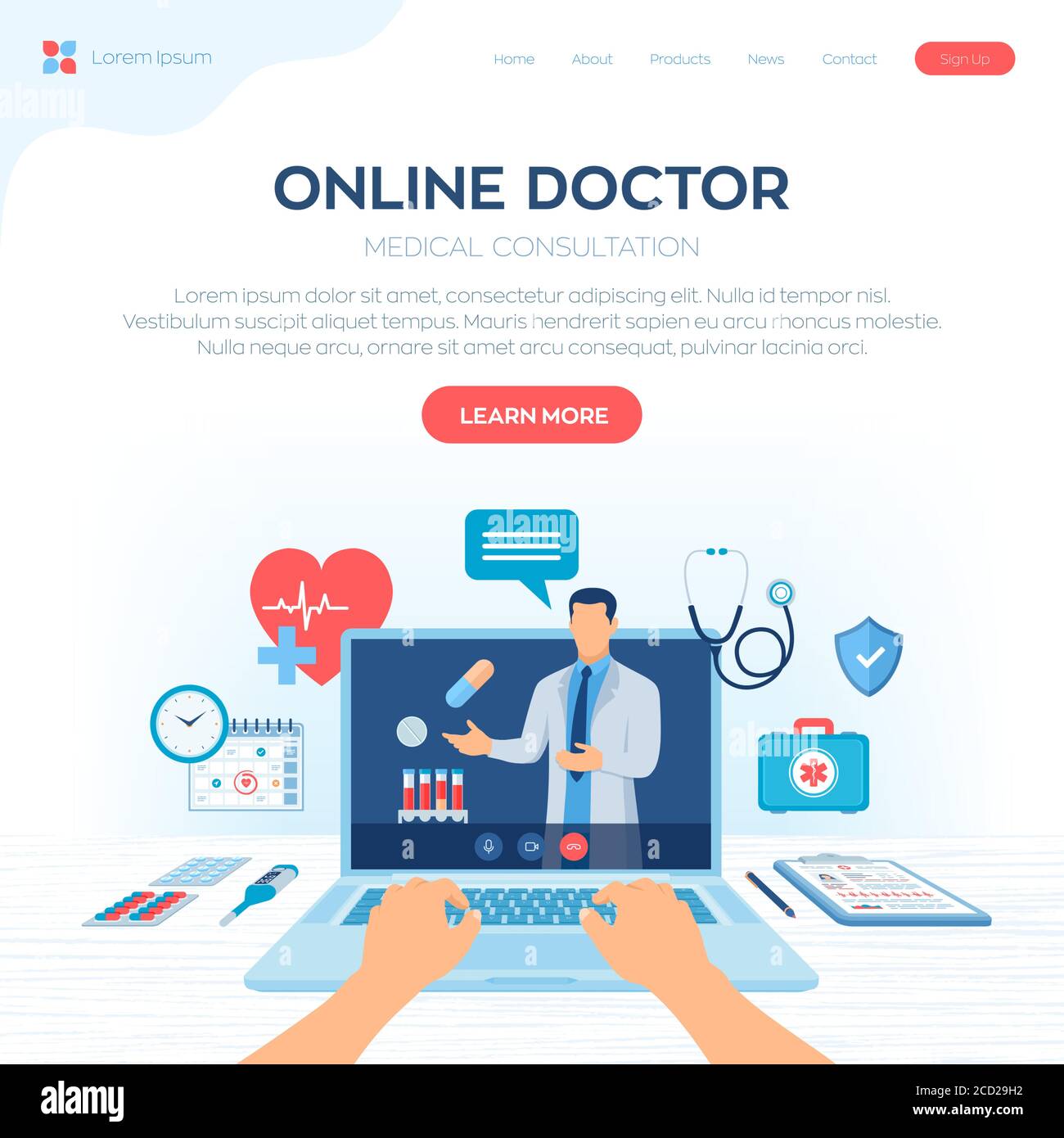The Surge of Subscription-Based Health Care and Its Effect On Client Care
As health care advances, the subscription-based version is gaining grip, guaranteeing to transform client care by using predictability and ease of access. The potential for these designs to improve healthcare delivery elevates pushing questions about their long-lasting sustainability and inclusivity. Are these membership services the future of medical care, or do they run the risk of leaving vulnerable populations behind?
Comprehending Membership Health Care Designs
Realizing the idea of subscription health care designs entails checking out a transformative method to clinical services that highlights affordability and accessibility. These models, often referred to as direct primary care (DPC) or concierge medication, have arised as cutting-edge options to traditional fee-for-service medical care systems. Membership health care enables patients to pay a set regular monthly or annual fee for a defined collection of medical solutions, which might include unlimited office visits, regular examinations, and fundamental lab examinations, without the requirement for conventional insurance policy billing.
The structure of membership medical care versions is created to enhance patient treatment by removing third-party payers and complicated payment codes, consequently minimizing management burdens. Doctor can concentrate more on client treatment, cultivating stronger patient-provider relationships. This version likewise advertises preventative care by motivating regular sees, as the financial challenge of per-visit costs is gotten rid of.
The membership version often empowers doctor to take care of smaller individual panels, enabling even more personalized treatment. It lines up monetary incentives with patient wellness end results, as providers are encouraged to preserve individual contentment and well-being. Overall, understanding registration healthcare versions needs recognizing their prospective to reshape just how treatment is provided and accessed.
Benefits for People and Carriers

With a constant revenue stream, medical care experts can dedicate even more time to each individual, leading to an extra individualized and complete treatment experience. The focus on precautionary treatment within subscription plans can lead to far better patient end results and reduced lasting medical care costs.
Concerns and difficulties
While subscription-based healthcare models existing numerous benefits, they additionally come with a set of obstacles and issues that should be attended to. This increases honest questions regarding fair accessibility to health care services.
Financial sustainability of subscription-based designs is an additional concern. Providers need to stabilize the fixed revenue from subscriptions with the variable expenses of medical care services, which might rise and fall due to unforeseen clinical requirements. This can create stress to limit solutions or rise charges, potentially affecting person complete satisfaction and care top quality.
In addition, regulative oversight of subscription-based healthcare designs is still developing. Attending to these obstacles is vital for the equitable and successful implementation of subscription-based healthcare.
Effect On Patient-Doctor Relationships
One significant influence of subscription-based medical care designs on patient-doctor partnerships is the potential for enhanced connection and personalized treatment. By adopting a subscription version, physicians can take care of a smaller sized patient panel, enabling for even more dedicated time with each individual. This enhanced accessibility promotes a deeper understanding of a client's medical history, way of living, and preferences, making it possible for much more customized therapy plans and treatments.

Nevertheless, it is necessary to recognize that while subscription-based designs may profit those that can manage them, they could inadvertently broaden healthcare variations. Patients who are not able to get involved in these versions could experience decreased accessibility to customized treatment, potentially influencing their connections with doctor. Therefore, while the subscription design provides encouraging benefits for patient-doctor partnerships, it likewise presents difficulties that require to be resolved to guarantee fair medical care access.
Future of Medical Care Accessibility

The duty of innovation can not be overlooked in this makeover. Telemedicine platforms and digital health documents facilitate seamless communication in between patients and medical care suppliers, breaking down geographical and logistical obstacles. Additionally, improvements in artificial intelligence and information analytics can additionally individualize treatment by anticipating individual needs and maximizing therapy plans.
Nevertheless, the future of medical care access also offers difficulties, such as making sure equity throughout various socio-economic groups. Policymakers and doctor have to collaborate to link the electronic divide, ensuring that subscription-based versions remain comprehensive and budget-friendly. As these systems grow, they hold the assurance of making healthcare extra accessible, reliable, and patient-centric.
Final Thought
Subscription-based medical care designs are reshaping person treatment by offering a stable price structure and enhancing access. The increase of subscription-based healthcare urges positive person engagement, which has the possible to boost client outcomes and complete satisfaction, signifying a transformative change in healthcare shipment.
As healthcare evolves, the subscription-based version is acquiring grip, assuring to transform person treatment by providing predictability and availability.Subscription-based health care designs supply unique advantages for both clients and suppliers, enhancing the total healthcare experience.As medical care systems progress, the future of medical care gain access to often pivots on the combination of innovative designs and technologies.Subscription-based healthcare versions are improving client care by supplying a secure expense framework and boosting ease of access. The rise of subscription-based health care urges positive patient engagement, which has the possible to improve client results and fulfillment, indicating a transformative shift in healthcare shipment.